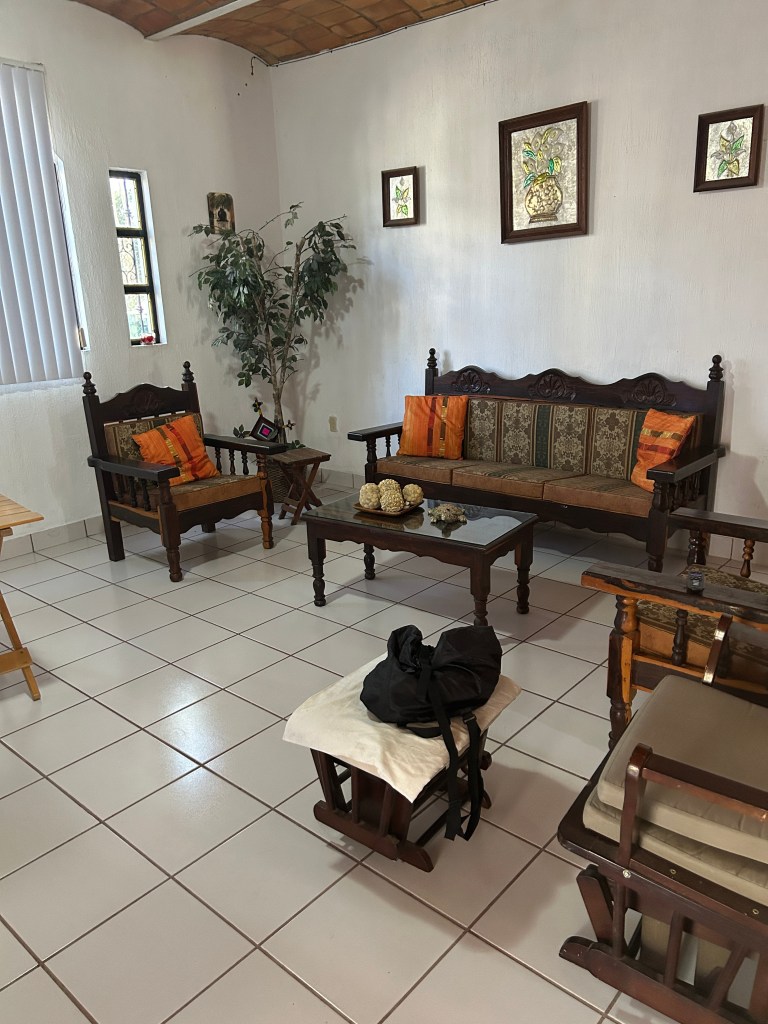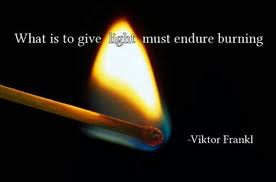Writers and therapists live twice—first when they experience events and a second time when they use them in their work. Mary Pipher, Letters to a Young Therapist
A few months ago, I met up with a former therapist, a woman I hadn’t been to see in about 20 years and who had since retired. I wanted to talk to her about adoption and addiction since she had been known as something of an adoption guru while she was still practicing. As I explained my course of study and my intentions for becoming a counselor, she exhorted me to pick a theory, a modality to call my own. “You need to decide which theoretical model you’ll work from,” she said. “You need to pick one to ground yourself in and work from there.” She then ticked off a list: Bowen, Adler, Rogers, Jung. I looked across the table at her and shrugged. “I think they all have something to offer,” I said. “I guess if I had to describe my orientation, it would be diverse.”
“That won’t do,” she exclaimed. “You need to be grounded in something. Anything. Just pick one. Bowen is good.”
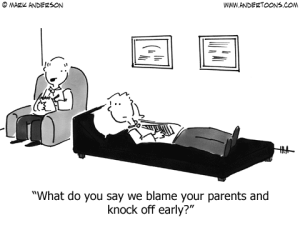 I shook my head slowly at the thought of Murray Bowen taking up permanent residence in my head. Sure, I can see the value in looking at a person’s issues through the lens of intergenerational patterns and family systems, but as my only, primary orientation? No. So many others had much more to offer, from Jung’s wounded healer to the post modernists and narrative therapy, feminist theory, attachment theory. I couldn’t imagine latching onto just one way of being a counselor when so many modalities offered so many ways to work with people with a variety of needs.
I shook my head slowly at the thought of Murray Bowen taking up permanent residence in my head. Sure, I can see the value in looking at a person’s issues through the lens of intergenerational patterns and family systems, but as my only, primary orientation? No. So many others had much more to offer, from Jung’s wounded healer to the post modernists and narrative therapy, feminist theory, attachment theory. I couldn’t imagine latching onto just one way of being a counselor when so many modalities offered so many ways to work with people with a variety of needs.
And now this quarter we added Carl Rogers’ Person Centered Therapy and his Unconditional Positive Regard, along with Fritz Perls and Gestalt, John Cabot-Zinn’s mindfulness as well as Pema Chodron to the mix. I am even more convinced that limiting myself to one theoretical lens would be a mistake. Shortsighted.
The metaphor is overdone, but apt—the more tools I have in my tool belt, the more useful I can be to more people. Every client is going to be different. I need to be able to adapt. There aren’t many similarities between working in technology and working as a counselor, except this one: sometimes there are a variety of ways to approach a problem and finding a good solution is often a matter of “testing and tweaking” to see what works best.
As a writer, reader, and storyteller, I’ve always found narrative therapy to be the modality that draws me in. I am attracted to counseling for the same reasons I am a writer—I want my misery, and indeed everyone’s—to be meaningful. As Mary Pipher writes in her Letters to a Young Therapist, as counselors and writers, we get to use our experiences twice and encourage others to do the same. Additionally, I am attracted to narrative therapy’s post-modernist bent, the idea that it is not the individual who is sick, but the culture in which the individual lives. That depression, anxiety, PTSD for example, are legitimate responses to living in a culture that too often demands we abandon our authentic selves. Not to mention that we live in a world that insists on dividing us by race, socioeconomic status, ability, sexual orientation, gender, ethnicity, religion, and more.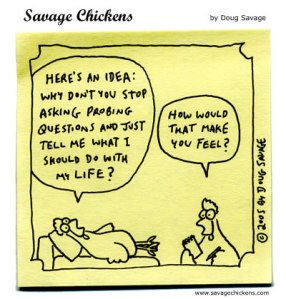
I began this graduate program with the vague notion that I would emerge in two years, somehow qualified to sit and listen to people for a living. As I progress through each quarter, I become evermore convinced that two years is not nearly enough time in which to prepare me to not just listen to people’s stories, but to help them make sense of their stories, make meaning in their lives, forge on into the future with hope and a sense of purpose, with a deeper understanding of what serves them, what doesn’t, how to make good choices, how to hold onto their dreams, how to have a voice, leave an abuser, nurture their children, their relationships, find meaningful work.
How do I become that mirror, sounding board, holder of stories, cheerleader, confidant, advocate?
From the client side of the couch, I have found Gestalt and mindfulness to be the most effective therapeutic methods. Most breakthroughs in my personal therapy have come when I’ve been talking to the chair, role playing, or acting something out with my therapist. Mindfulness and meditation have worked for me outside of the therapist’s office as a way to self-regulate and deepen personal awareness. So, it’s not really surprising that over the course of this quarter I have gravitated to both, though I see Gestalt methods as being more relevant to therapy and mindfulness as a useful (and indeed maybe even necessary) adjunct for clients to use between sessions.
Gestalt therapy with its focus on the body/mind connection, lends itself well to supporting other interventions and modalities. Rogerian Person-Centered Therapy (PCT) with its mandate for unconditional positive regard seems like it should underlie every therapeutic encounter, particularly the initial few sessions.
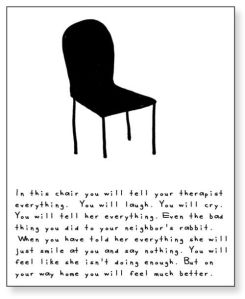 Gestalt works well, too, with mindfulness, attachment, and sensorimotor therapies, which focus not only on how the body holds trauma and past experiences, but also on awareness and connection between the client and therapist. By encouraging clients to stay in the here and now, Gestalt leaves room for the therapist to introduce the client to mindfulness techniques which support being present and staying in the moment when things get emotional or difficult in session.
Gestalt works well, too, with mindfulness, attachment, and sensorimotor therapies, which focus not only on how the body holds trauma and past experiences, but also on awareness and connection between the client and therapist. By encouraging clients to stay in the here and now, Gestalt leaves room for the therapist to introduce the client to mindfulness techniques which support being present and staying in the moment when things get emotional or difficult in session.
In my initial session with my practice client, employing PCT worked well to establish rapport and an initial baseline of trust. Once we got to the primary issue, however, Gestalt would have been a great way in to exploring how she was feeling in the “here and now.” I might have employed the empty chair technique had the session gone longer—I could have had my client talk to any number of representatives from her past: her parents, her younger self.
I also might have had her explore her stress about her issue and how it was sitting in her body—what does the stress feel like? Look like? How big is the stress? What color is it? Where does she feel it the most? My therapist often tells me to invite my distressing emotion in rather than trying to banish it. “Invite the stress in,” she says. “Ask it what it wants. Have tea with it.” This technique, of anthropomorphizing the disturbing emotion or feeling and dwelling on it, illustrates one way of working with an issue. When we avoid something, it gets bigger and more intense. By inviting our distressing emotion in and asking it to stay, by getting to know it, we rob it of its power.
In our second practice session, I employed both Gestalt and mindfulness (as well as Roger’s unconditional positive regard), encouraging the client to make her physical agitation bigger (I had her stand up and shake out her anxious feelings) and to incorporate some breathing techniques. This session took the client deeper emotionally than the first session, even though both sessions lasted about 20 minutes and demonstrated my improved ability to sit with a client in their discomfort. I was able to witness her experiencing emotion and hold the experience rather than try to rush her through it in order to alleviate my own discomfort.
As always, I need to be mindful of my clients’ particular culture. Every client, regardless of how they present at first glance, brings with them an individual set of circumstances that sets them apart from every other client. To be an effective therapist, I must refrain from making assumptions, and instead listen, learn, ask clarifying questions, and give the client the space and safety they need in order to fully reveal themselves, their wants, their needs, their problems.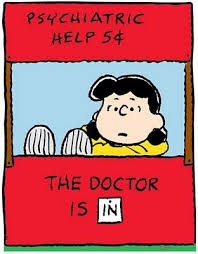
Probably one of the most challenging aspects of counseling this quarter has been keeping tabs on my biases, assumptions, and privileges. While I am nearly always aware of my sexual orientation, my age, and do think a lot about race and how these parts of my identity might influence my interactions with a client, I’m not always thinking about ethnicity, socioeconomic status, or disability. We are, often and on the surface, a homogenous population at Antioch. I have not counseled a person of color or a person with a visible disability. I’m sure I’ve worked with clients who come from a different socioeconomic background, and though I am currently as broke as the next graduate student, I do have to remind myself that I come from a relatively privileged background and have robust support systems should I need them.
As this quarter wraps up, I feel as if I am finally getting my counselor feet under me, that I can work effectively and comfortably within a specific therapeutic framework. This quarter is the first time I have experienced authentic connection with a client, where I seem to have actually helped another person via a counseling session. I am excited to hear my clients’ stories, to listen to them as together we find meaning in and a way out of their suffering.




